Previous second day of Pentecost(*) I went out for a ride. The weather was good en because it was also “Day of the Castle” several Castles and Mansions opened their doors.
One of those Castles is Castle Duivenvoorde in Voorschoten the Netherlands, a castle that I pass by several times a week for the last couple of years, but now I went inside for the first time.
The oldest reverence to this house found are in a document of inheritance including “Duivenvoirt” of 1226. Since then the castle has been modified a lot and not enough is left of the old building to reconstruct it. The current layout was the result of an intensive rebuilding in 1631. The symmetry was completed in 1717 when the south wing was reconstructed to look like the north wing. There were also some other modifications to the castle, but during the renovations in the 1960s the castle was mostly brought back to a combination of the 1631 and 1717 design.
Since 1226 the castle has never been sold but only changed hands by inheritance until 1960 when the last owner entrusted the castle and grounds to a foundation. Since then this foundation takes care of the maintenance and public openings of the castle and grounds.
And off course a house like this is nothing without teapots:
And more
and more blue
And something else in blue
Besides this pots there were several others that I was not able to make a proper photo of.
Hidden in the attic, to be more precise in the the Mangle room there was a cabinet with some unexpected treasures.
These Yixing pots are part of a group of twelve seventeenth and eighteenth century Yixing pots. They probably came to the family through inheritance after Johanna Sussanna van der Mandere (1714-1793) died.
- Galjaard-Daems, E., Duivenvoorde, 2003. Dutch+English
- de Vries, A. (red.), Duivenvoorde: Bewoners, landgoed, kasteel, interieur en collectie, 2010. (dutch)
- Website kasteel Duivenvoorde (dutch)
(*) We have to days to celebrate Pentecost (and Easter and Christmas). The Sunday and the Monday to make up for the lost Sunday. It is usually an excuse for events like “Day of the Castle” of which this opening was part.
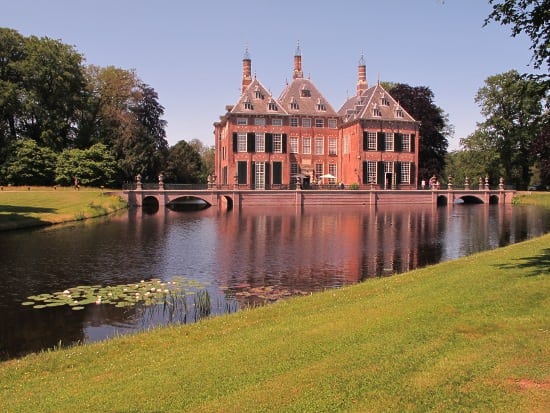
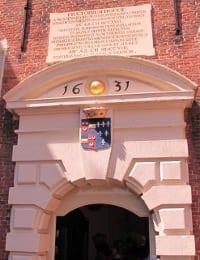
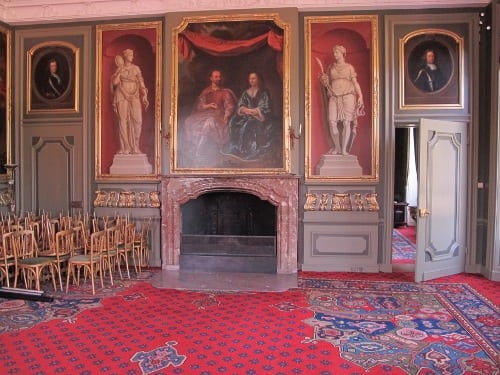

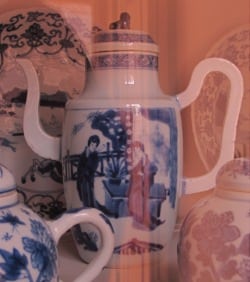
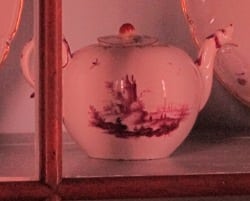
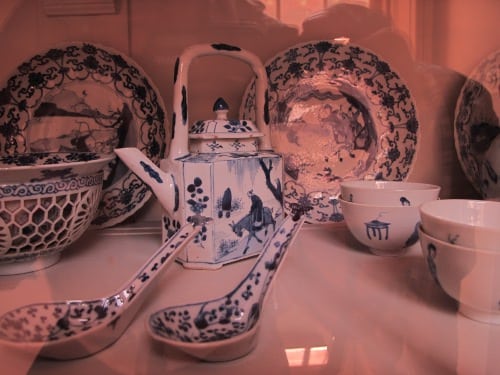
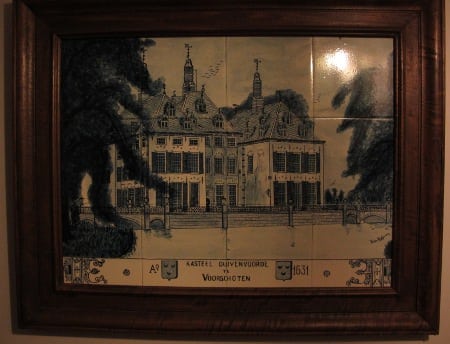
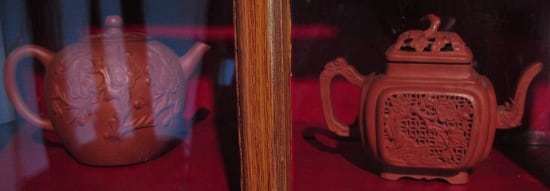
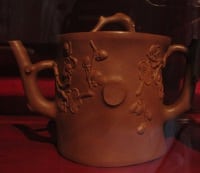
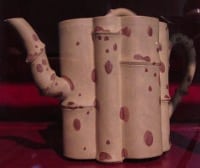
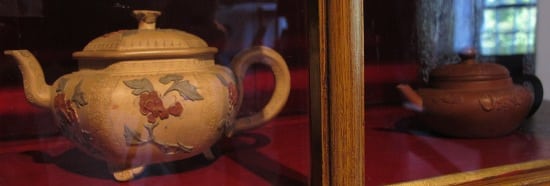
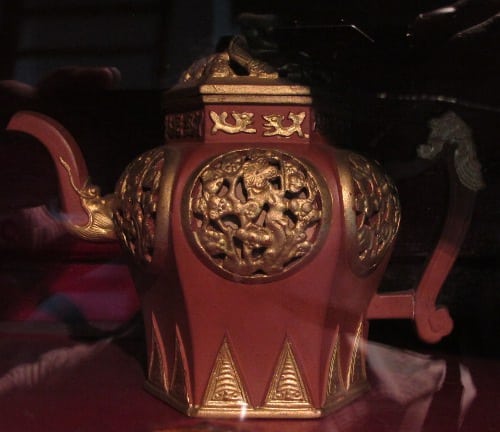
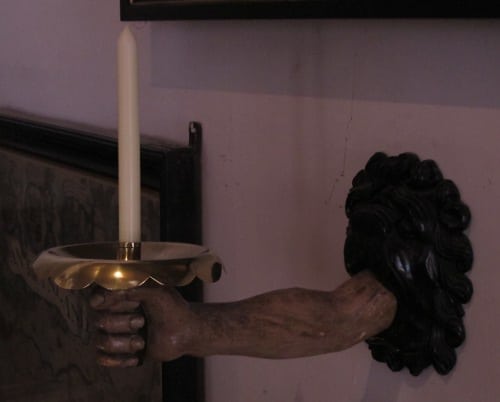

A lot of teapots.
Did the owners work with/for/had shares of the VOC?
Not that I know. Wil go over my sources again to see what I can find. Can take a couple of days though before I find the time.
It took a while but here is wat I found:
I did not find a reference to a connection with the VOC in my literature. That does not mean it did not exist, just that if it was there it was not important enough for the authors to mention it. My litature focuses on the history of the buiding and items and only gives outlines of the owners.
The only references to the VOC I could find refer to Chinese and Japanese imported goods. Especially Porcelain. Something Interesting that I found was that there are two bidet of Chinese porcelain. The oldest of which dates back to the second half of the eighteenth century. However, there are no references to bidets in the VOC-archives of that period.
Thanks for looking.
What treasures indeed! I wonder, how many lovely tea pots and sets are hidden away in great houses and castles around Europe?
I think there must be many. Since the 17th century Chinese pots were wanted and specially ordered a lot by the nobility.
I enjoyed all of the teapots, but those Yixings were gorgeous.
Love it that you have a ‘Day of the Castle’. Glad you took the opportunity to take part.
Wow, what a wonderful castle… I aldo thought the xiyings were gorgeous. Thanks for sharing with us.